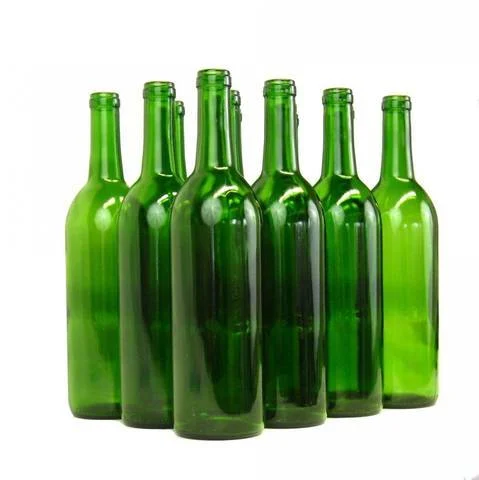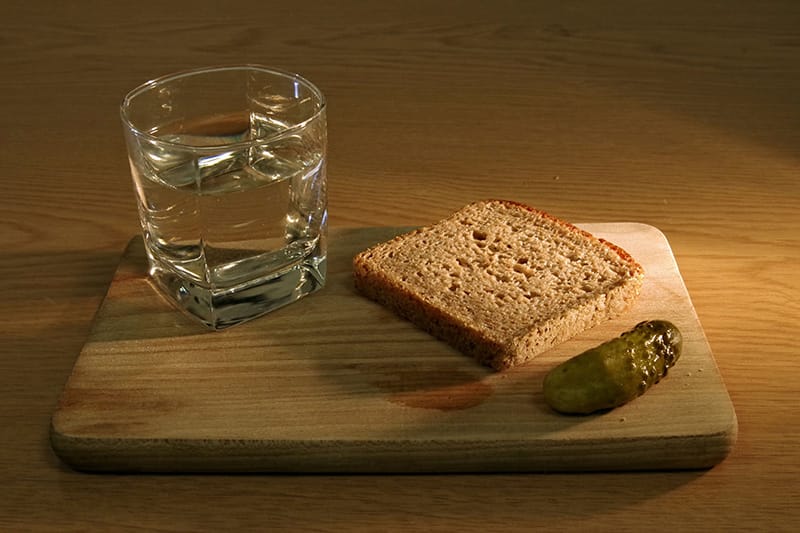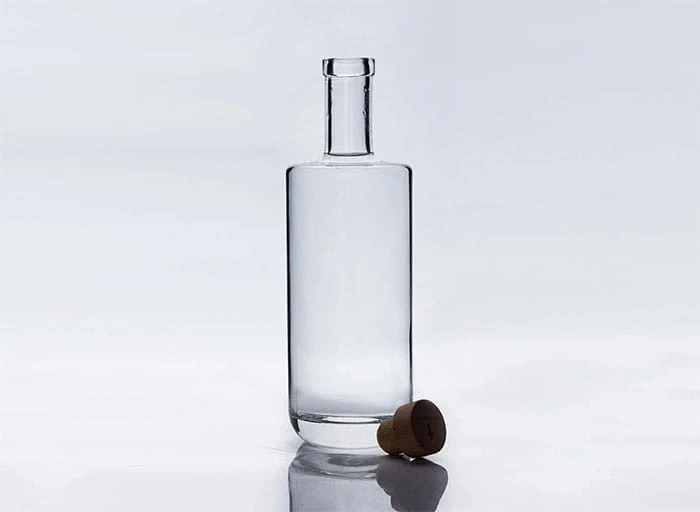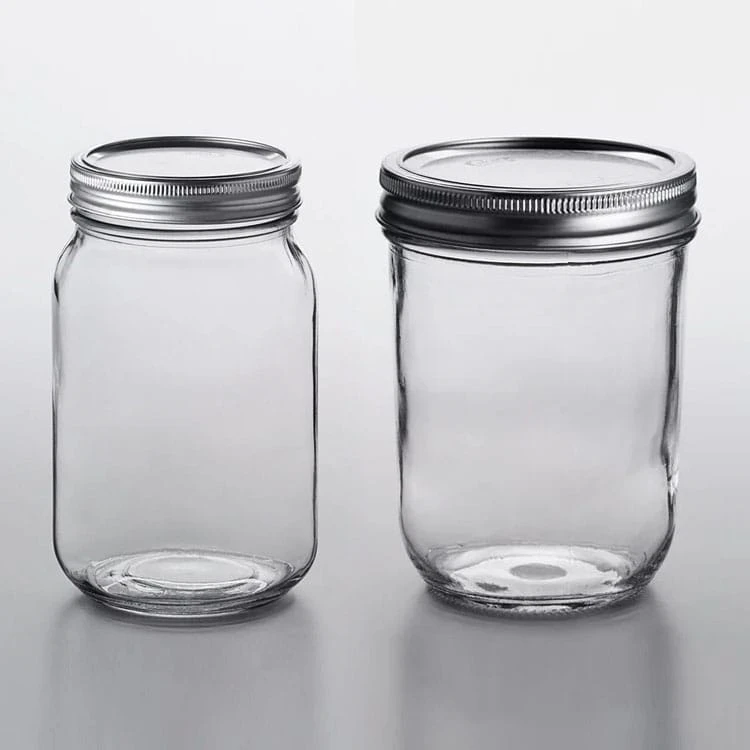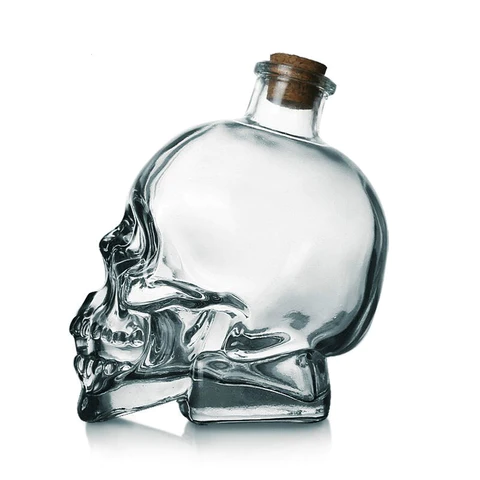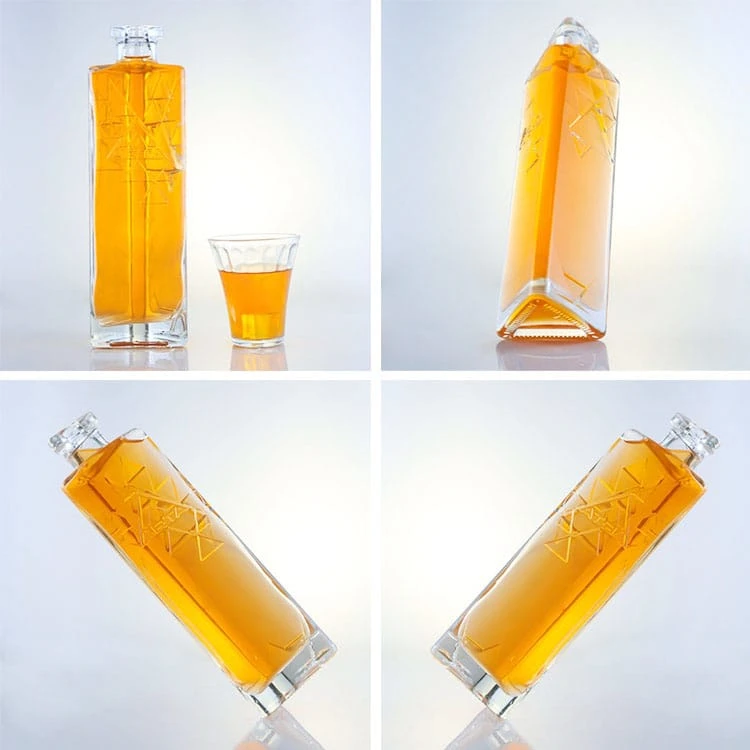The story of green glass bottles is a fascinating journey that intertwines with the history of human invention, industry, and even global conflict. Often referred to as “natural aqua glass,” “bottle glass,” or “bottle glass green” by glassmakers, these containers have been an integral part of our lives, serving as vessels for some of our most cherished beverages. This article delves into the intriguing history of green glass bottles, shedding light on their origins, evolution, and significance.
The Birth of Green Glass
The creation of green glass was a natural result of the materials used in its production, reflecting the artisanal methods of early glassmakers. The green hue typically originated from copper, iron, and other trace minerals found in the sand used to make the bottles. Initially, this color was not a deliberate choice but rather an unavoidable consequence of the glassmaking process, resulting in unique variations that contributed to the character of each bottle. Over time, glassmakers learned to harness these natural impurities, leading to a broader understanding of color control in glass production.


The Iconic Green Coca-Cola Bottle
One of the most iconic green glass bottles in history is the Coca-Cola bottle. This distinctive container was originally colored with “German Green,” which was later renamed “Georgia Green” in honor of Coca-Cola’s home state. The unique color, coupled with its contour shape, made the Coca-Cola bottle instantly recognizable worldwide, becoming a symbol of branding excellence. Its design not only enhanced visual appeal but also contributed to tactile engagement, allowing consumers to identify the product even in the dark. The Coca-Cola bottle’s enduring legacy underscores the significance of packaging in marketing and consumer perception.
Green Bottles and the Beverage Industry
Green glass bottles played a significant role in the beverage industry, particularly for sodas and beers. Early 7 UP bottles, for example, were green—a color choice linked to the lithium content in the original formula, which was believed to enhance flavor. During World War II, a shortage of brown bottles led breweries to adopt the green hue, resulting in the popularization of green beer bottles that many brands continue to embrace today. While the beer industry shifted back to brown bottles post-war to protect from light exposure, wine largely maintained its preference for green bottles, associating them with quality and tradition. This trend highlights the cultural significance and marketing strategies surrounding bottle colors in the beverage sector.
Green Glass Bottles: A Symbol of the Past
Hand-blown dark green or olive glass bottles were common in the eighteenth century, particularly for English-made containers. These relics from the past, often found in shipwrecks and archaeological sites, provide valuable insights into historical trade routes, consumption patterns, and societal preferences. Each recovered bottle serves as a tangible link to our history, revealing how glass manufacturing evolved over time. The craftsmanship of these bottles also reflects the artistry and skill of the glassmakers, showcasing the rich heritage of glass production that continues to influence modern designs.
The Modern Relevance of Green Glass
Today, green glass bottles remain popular for various beverages, including wine, beer, and spirits. They are not only visually appealing but also serve practical purposes, such as protecting contents from light exposure. At Valiant Glass, we specialize in manufacturing and customizing high-quality glass bottles, including options for spirits like Whiskey Bottles, Vodka Bottles, and Rum Bottles.
Conclusion
The history of green glass bottles is a testament to human ingenuity, adaptability, and resilience. From their natural origins to their role in shaping global beverage brands, these containers have left an indelible mark on our cultural and industrial landscape. Despite advancements in packaging materials, the charm, utility, and eco-friendliness of green glass bottles ensure they continue to hold a revered place in our lives.
For more information on our custom packaging solutions, including options for Champagne Bottles and Red Wine Bottles, visit Valiant Glass.
References:
If you’re looking for more knowledge of glass bottles, check out the following articles:
– Top 4 Drinking Glass Manufacturers in the U.S
– Top 10 Glass Bottle Manufacturing Companies in India(Latest Updates)
– Top 10 Glass Bottle Manufacturers In The USA
– Why Choose Apple Juice in Small Glass Bottles? A Flavorful Experience
Consult Your Valiant Glass Bottles & Packaging Experts
We help you avoid the pitfalls to deliver the quality and value your glass bottle and jar need, on-time and on-budget.

